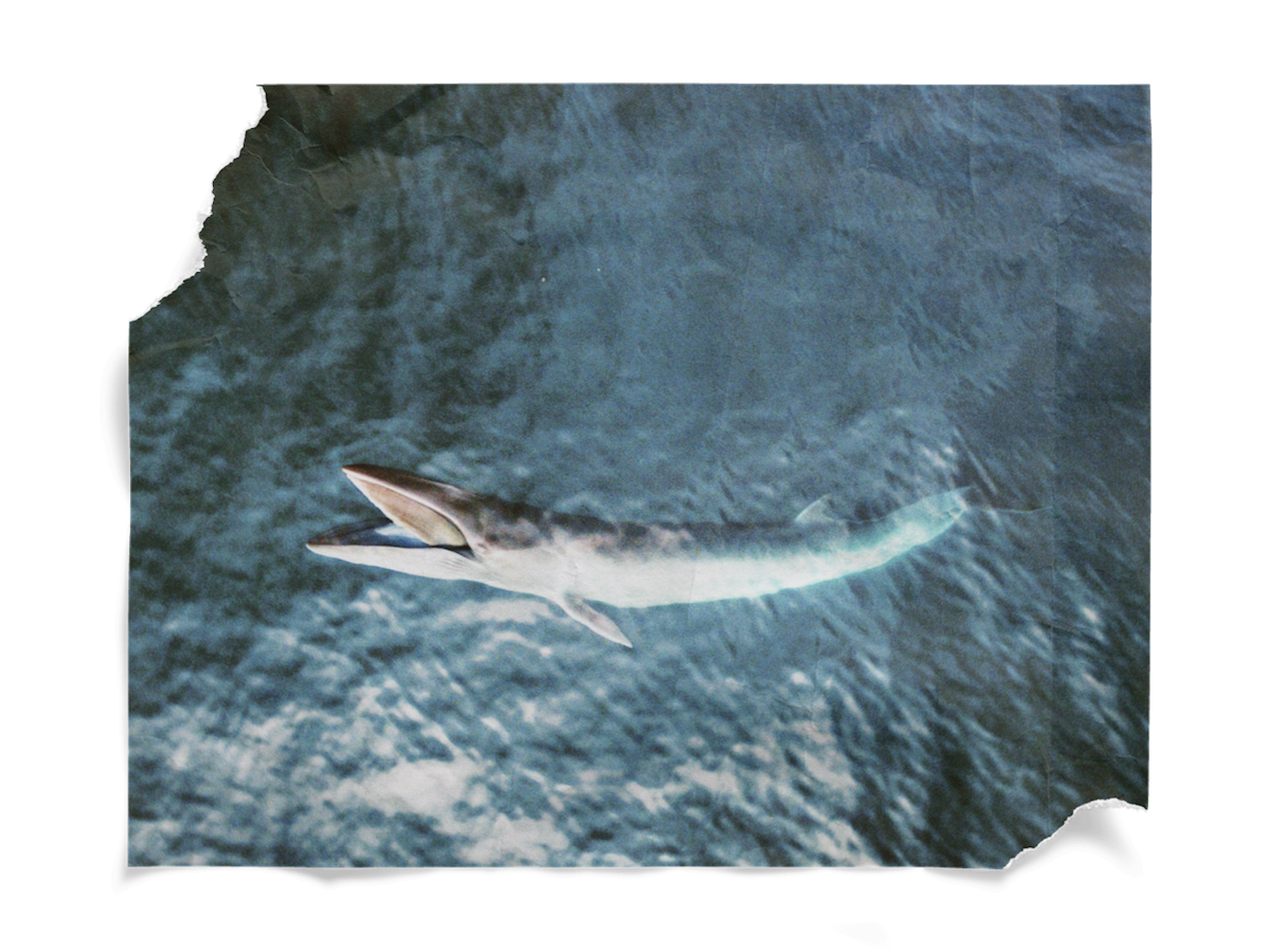
Currently, an estimated 15,000 whhales are left in the world.
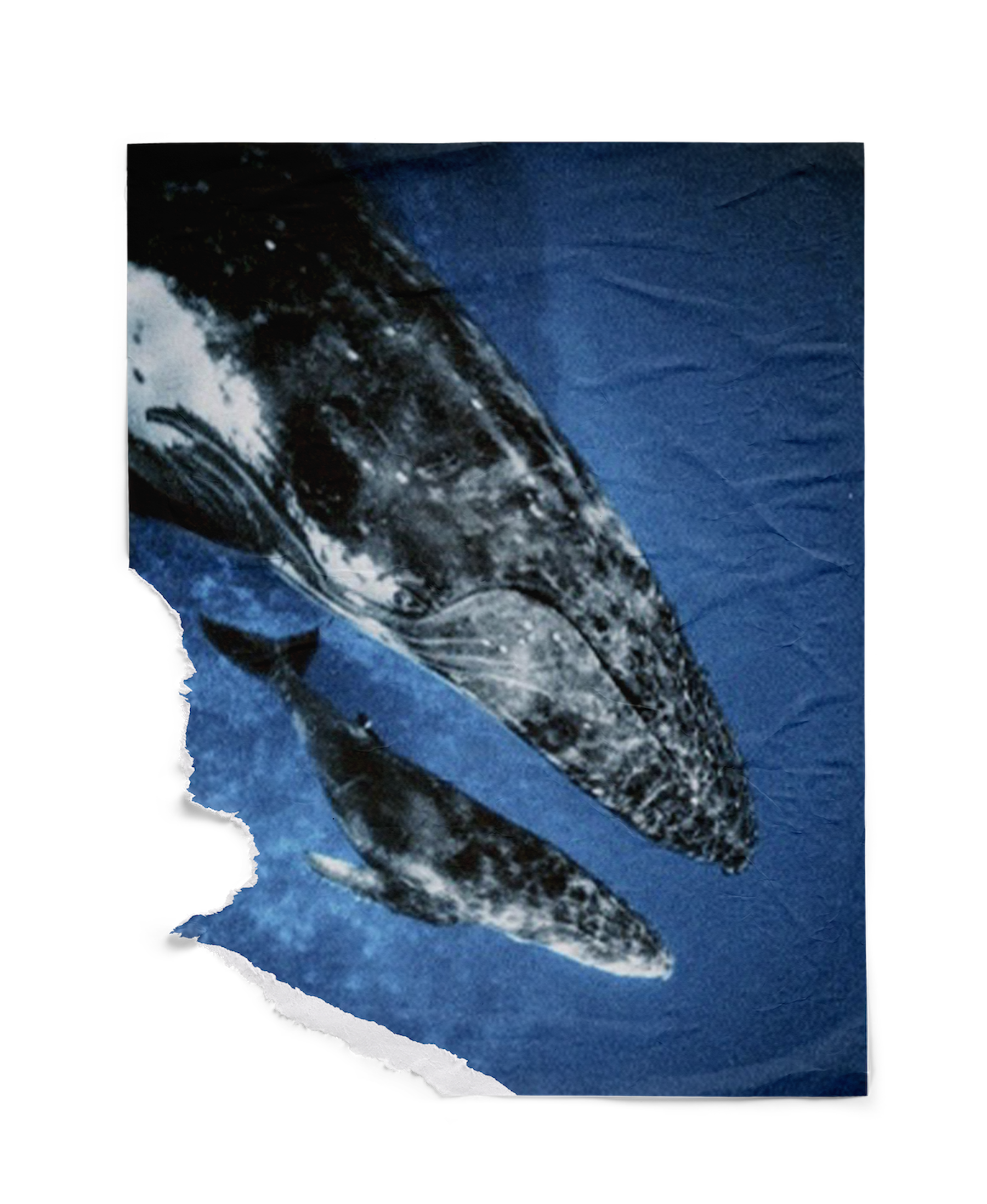
The critically endangered North Atlantic right whale population has dropped 2.3%, from 348 in 2020 to 340 in 2021.
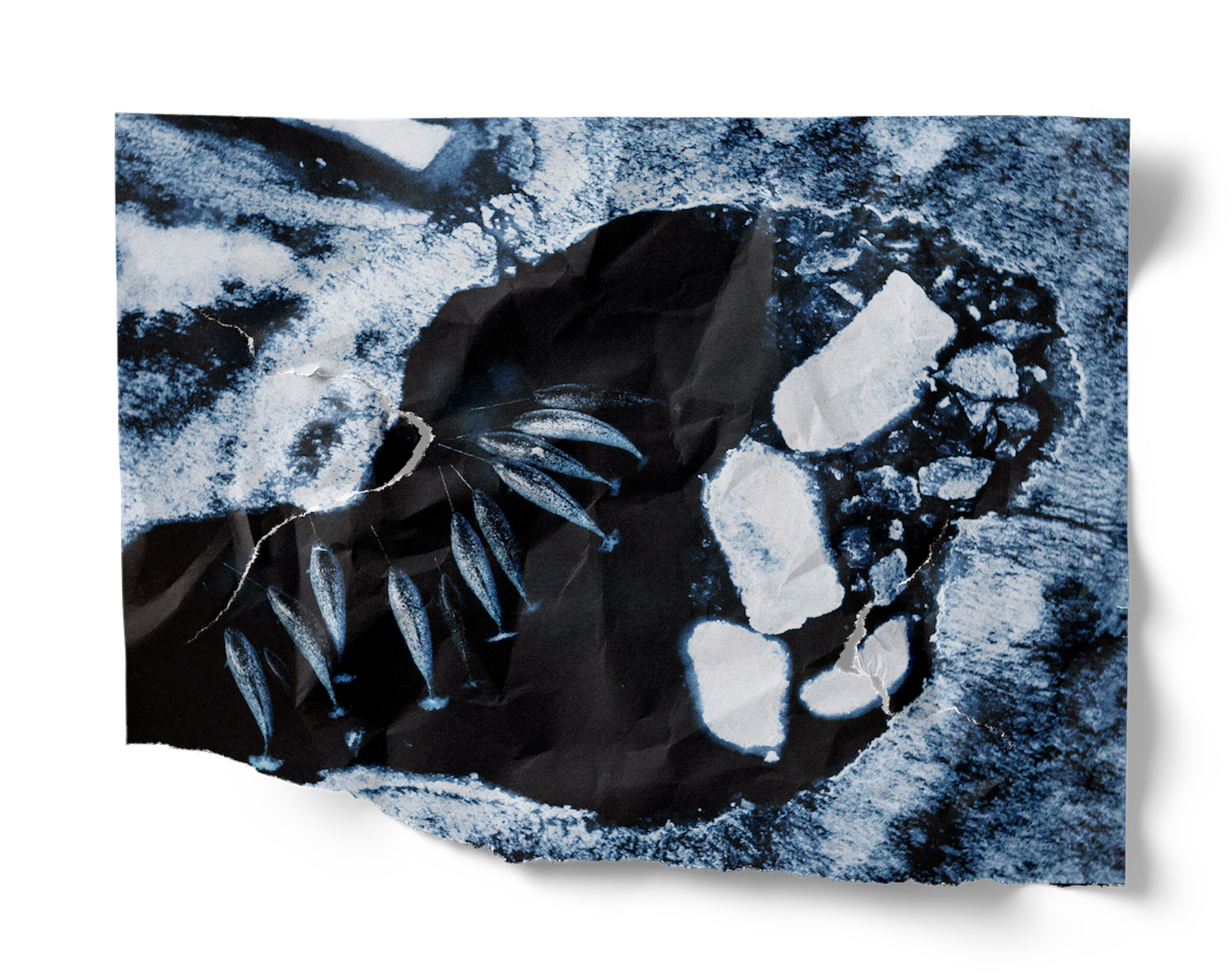
Norwal means "corpse whale" as their skin colour resembles that of a drowned sailor.
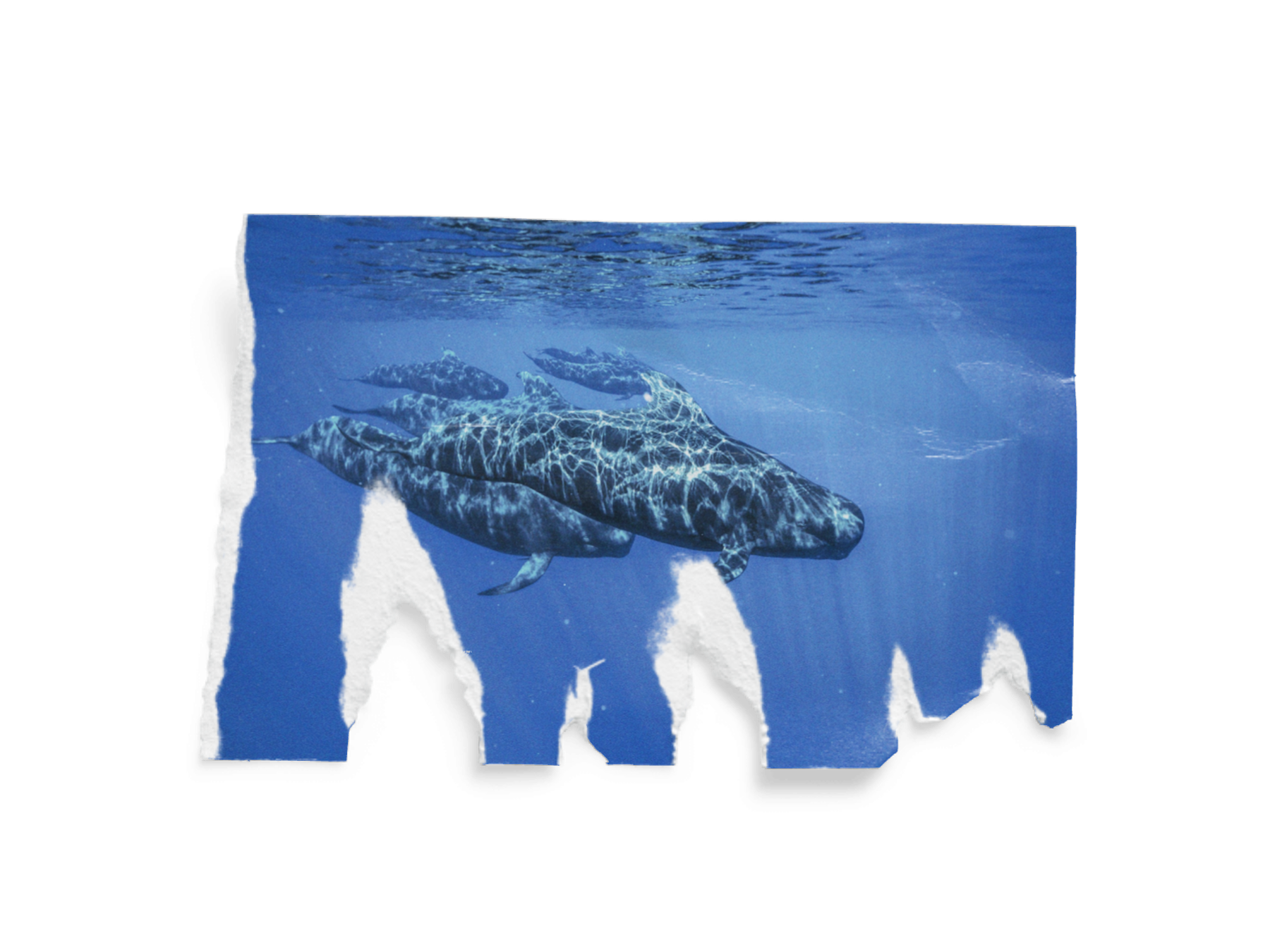
Whales play a significant role in capturing carbon from the atmosphere; each great whale sequesters an estimated 33 tons of CO2 on average, thus playing their part in the fight against climate change.
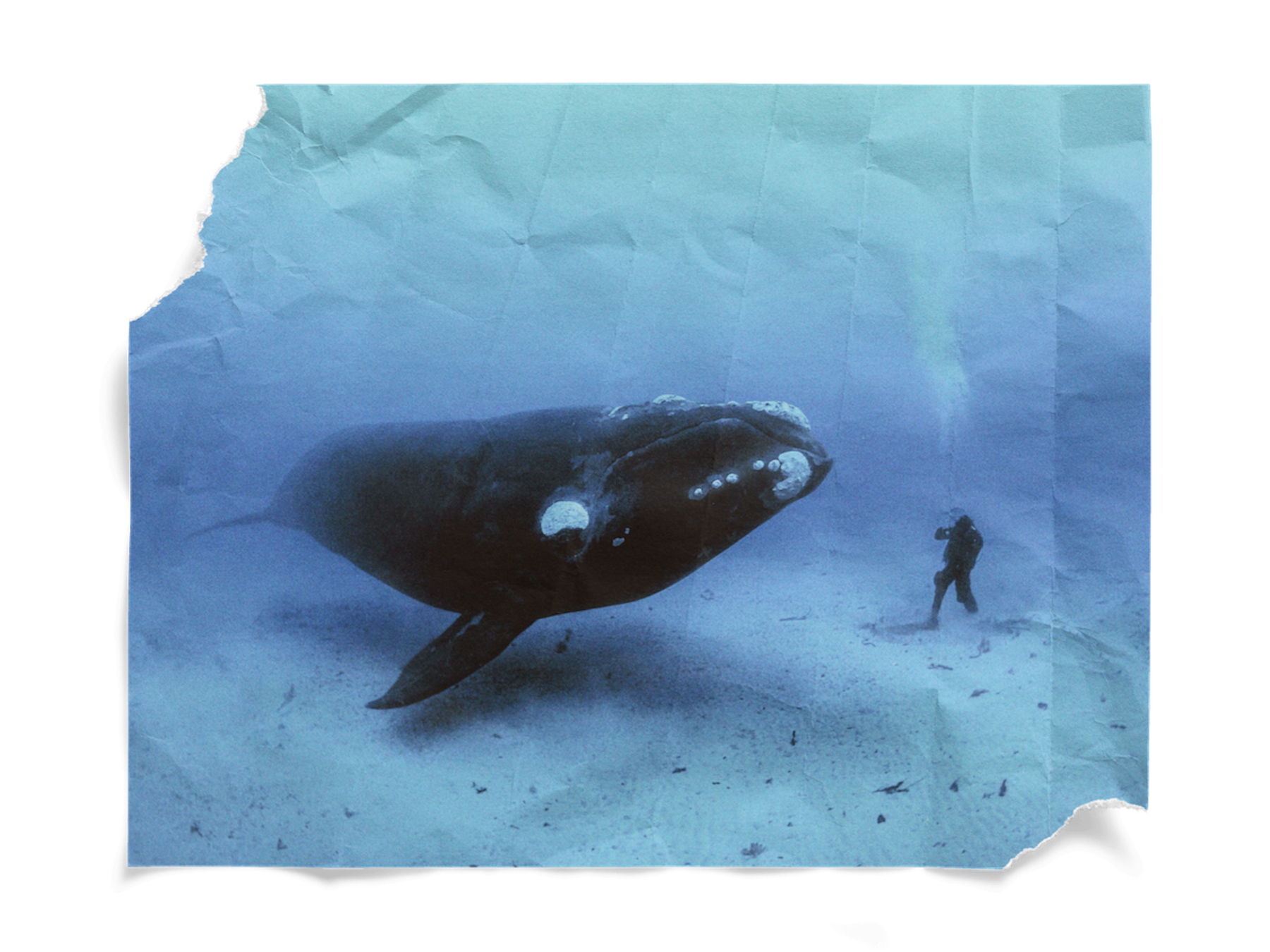
Six out of the 13 great whale species are classified as endangered or vulnerable.
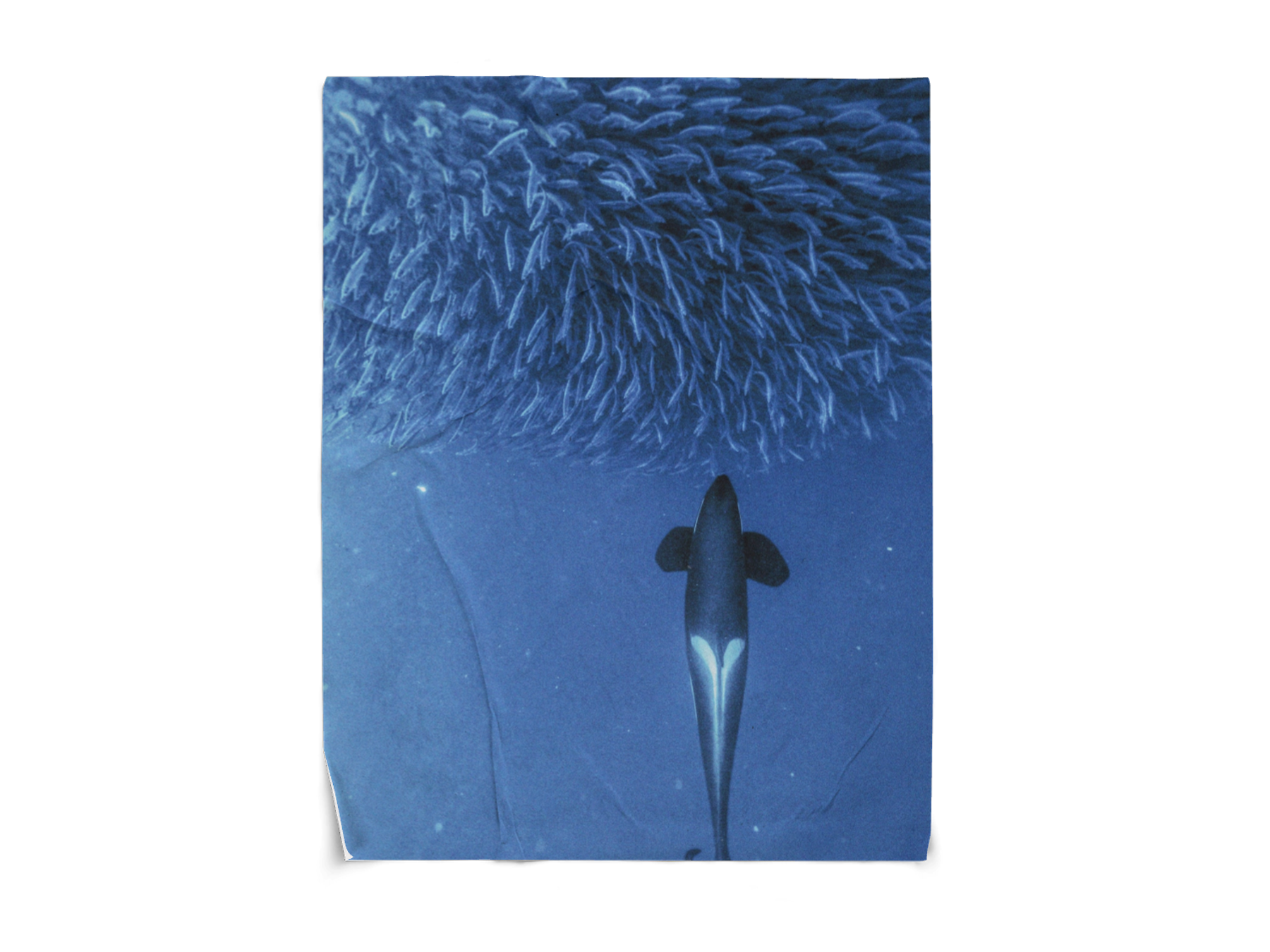
An estimated minimum of 300,000 whales and dolphins are killed each year as a result of fisheries bycatch, while others succumb to a myriad of threats including shipping and habitat loss.
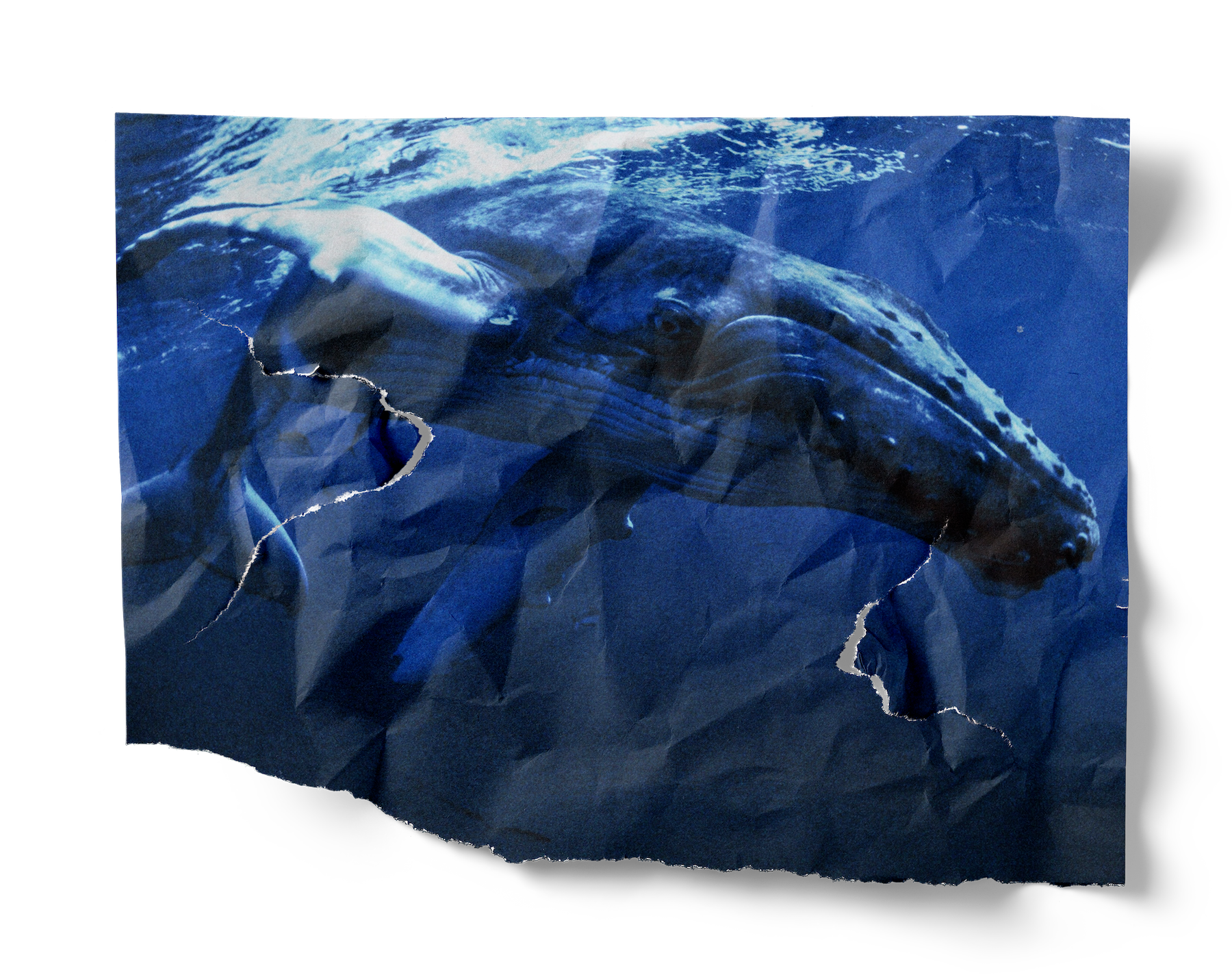
Shipping activity and oil and gas development cause noise that can disrupt whale communication or even damage whales' hearing.
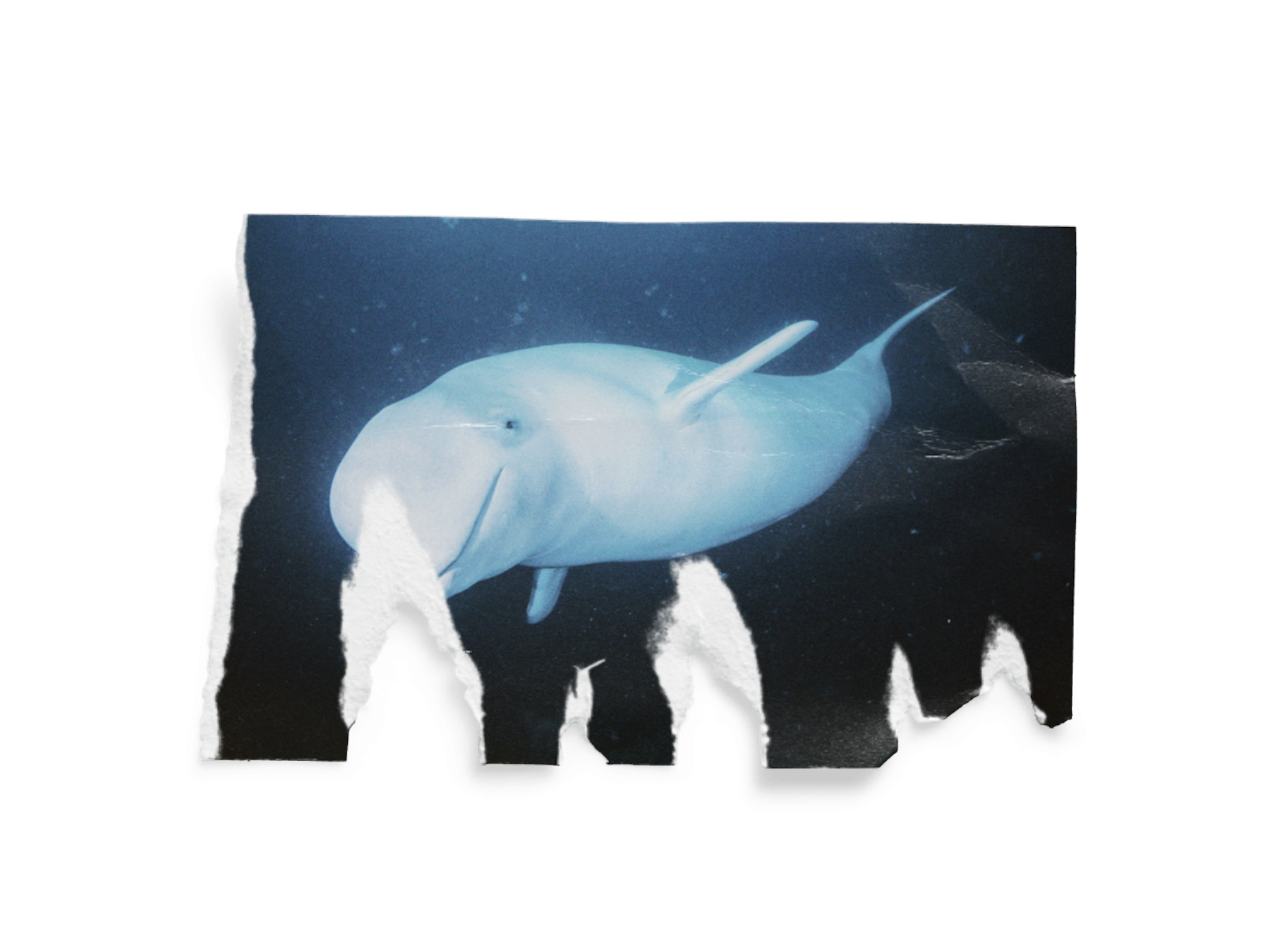
The United States and other International Whaling Commission (IWC) member countries have tried for years to persuade Iceland, Japan, and Norway to end their whaling as it undermines the effectiveness of the commission's commercial whaling ban.

In 2019, Japan chose to walk away from the IWC and now conducts commercial whaling in its own territorial waters, outside of any international controls.

No marine species remains unaffected by human activities.
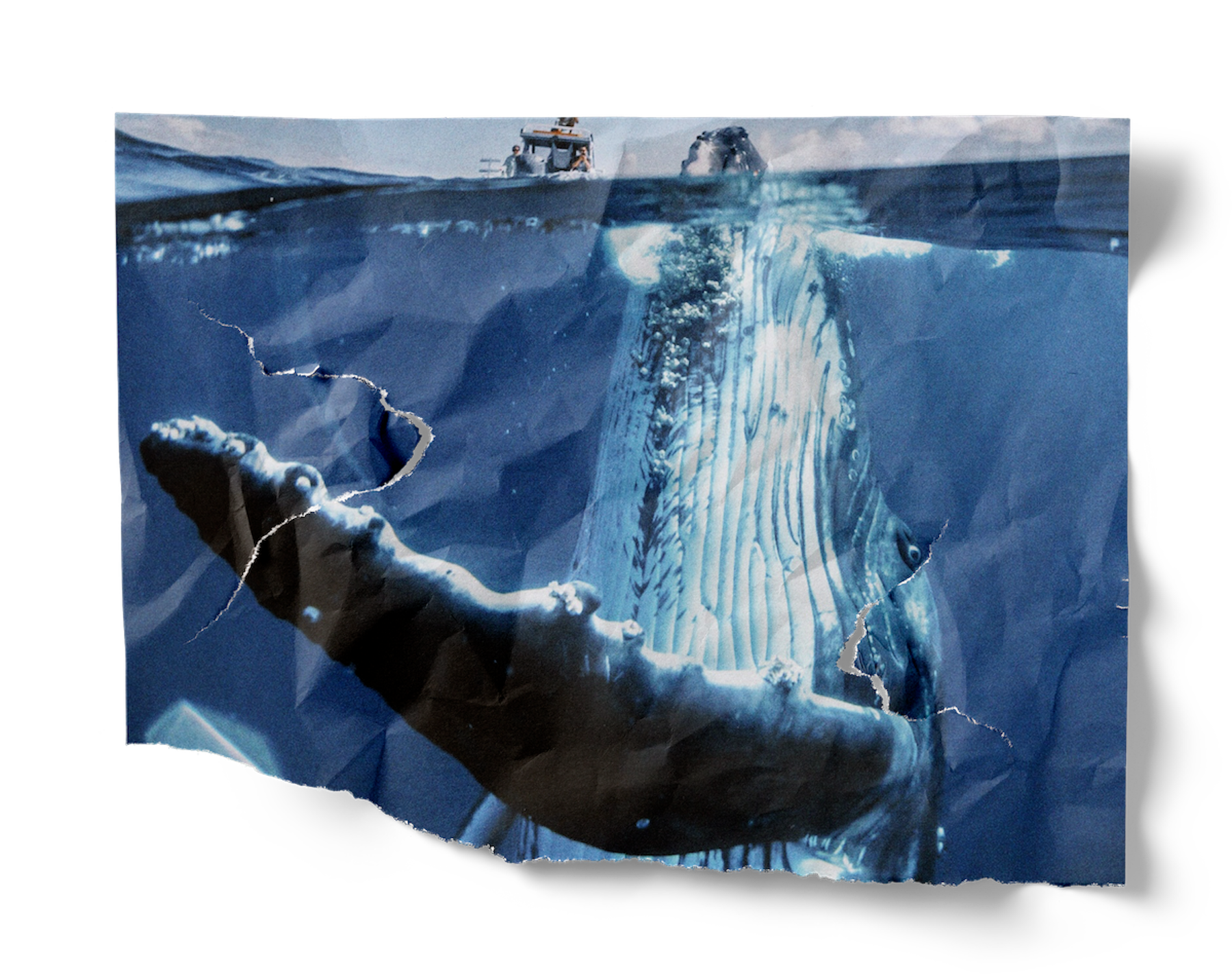
In addition to chemical pollution, oil slicks are commonplace in the oceans.
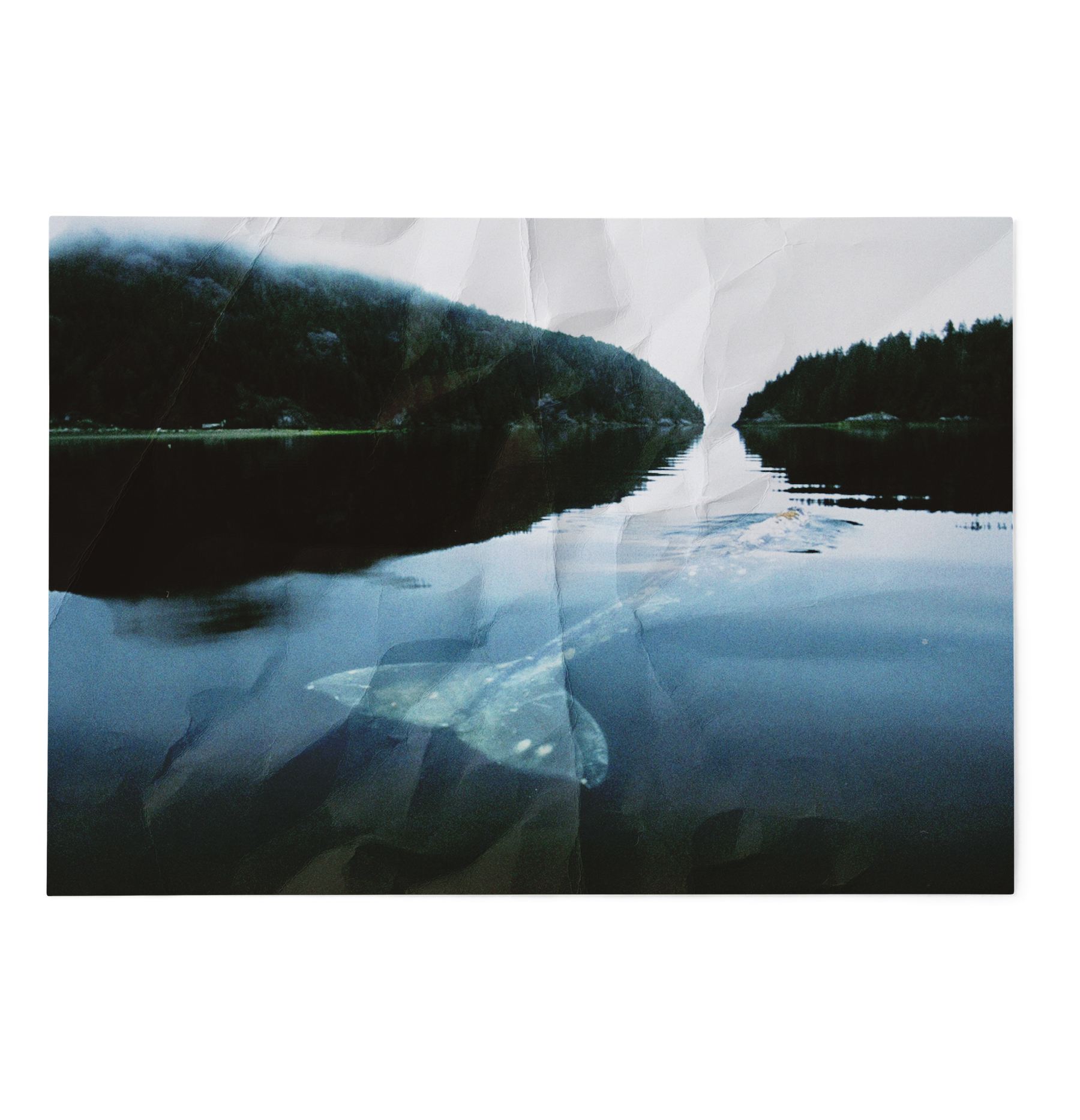
Recent studies done in Newfoundland reveal that humpback whales entangled in gill nets have damaged ears.
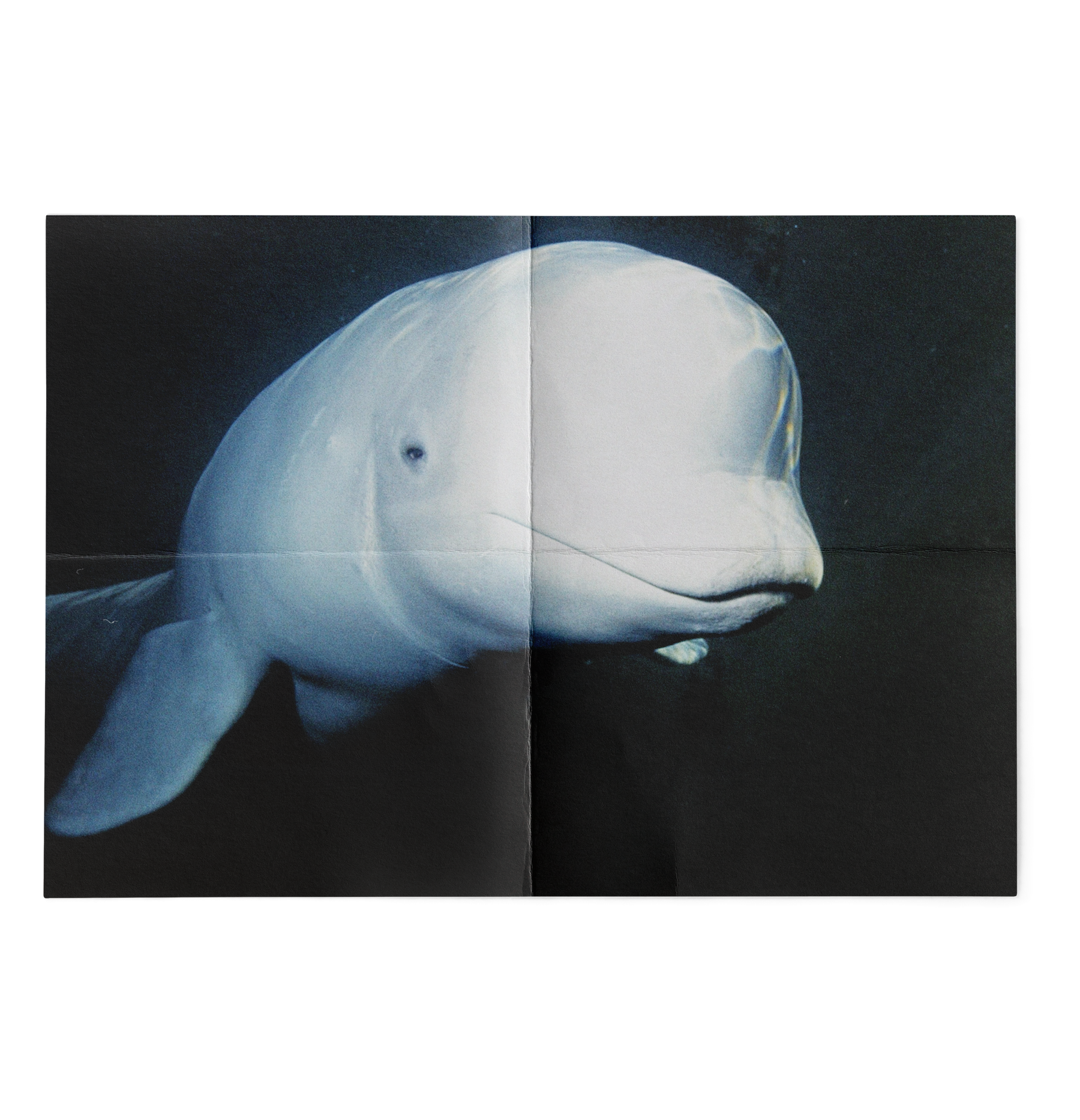
Right Whales are one of the most endangered species of whales hunted since at least the 11th century.
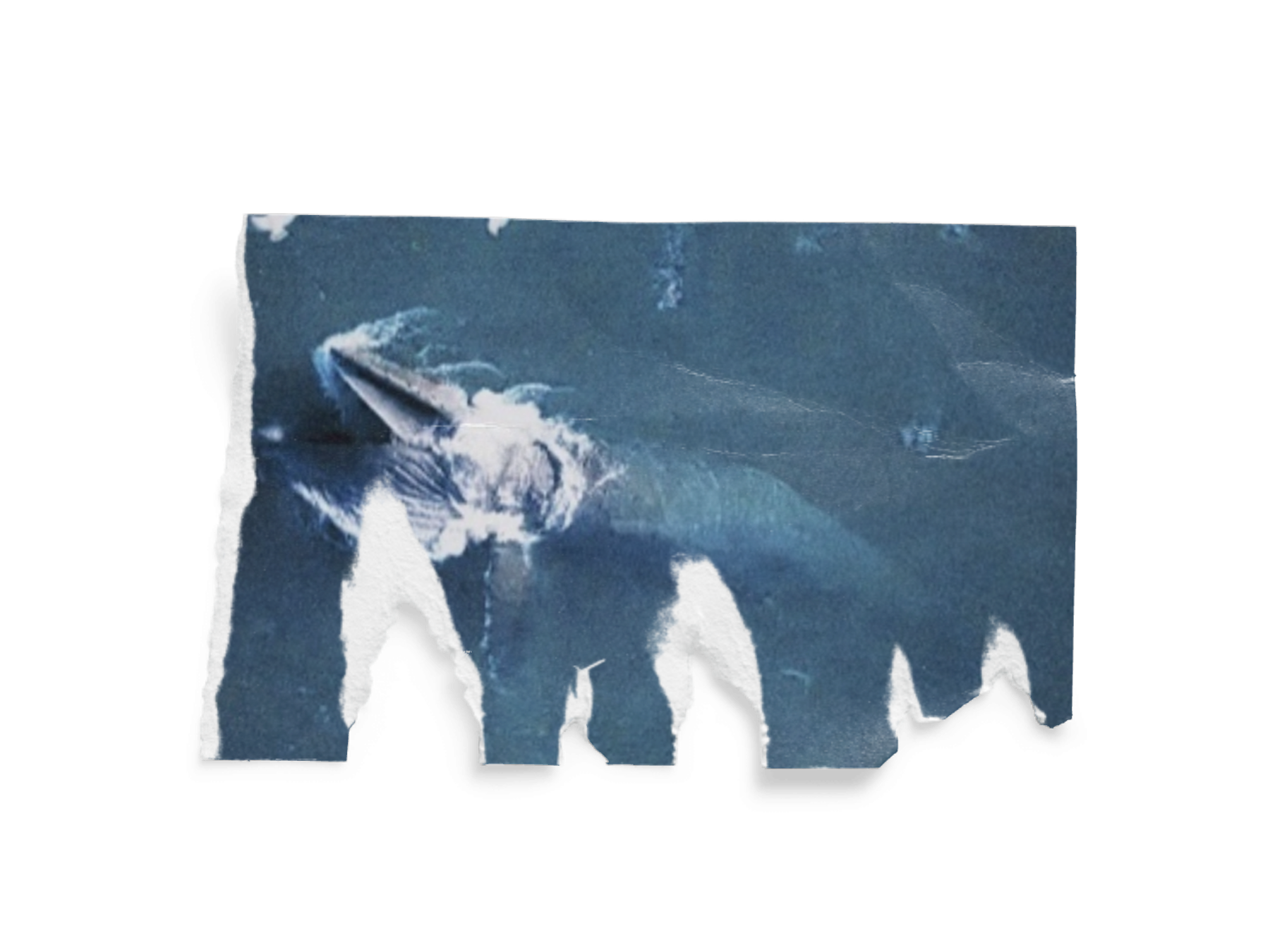
Today, due to human whaling activities, irresponsible fishing gear disposal and overall aquatic ecosystem deterioration, only 10 percent of blue whale population has survived.
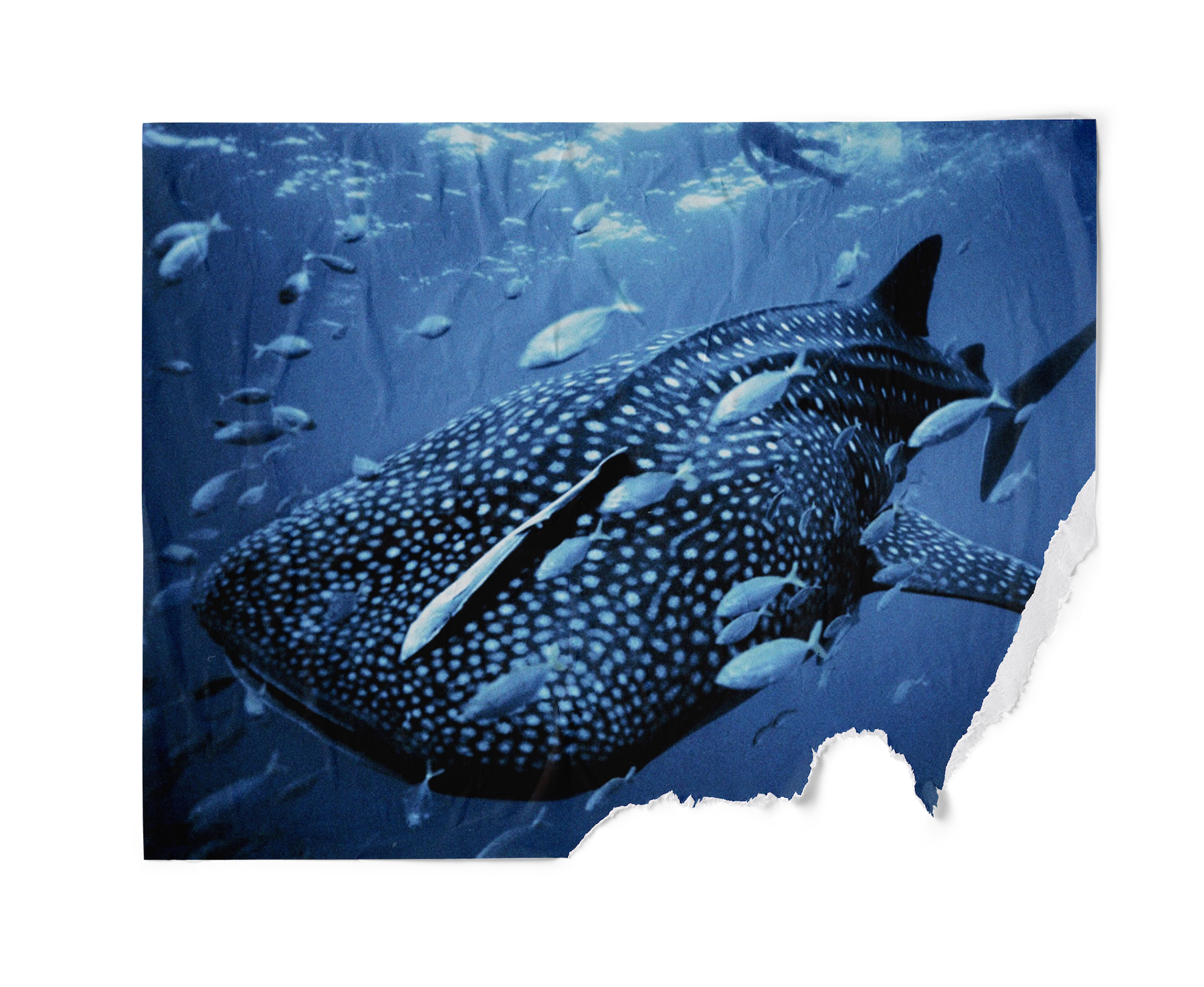
The North Atlantic right whales could be functionally extinct by 2035.
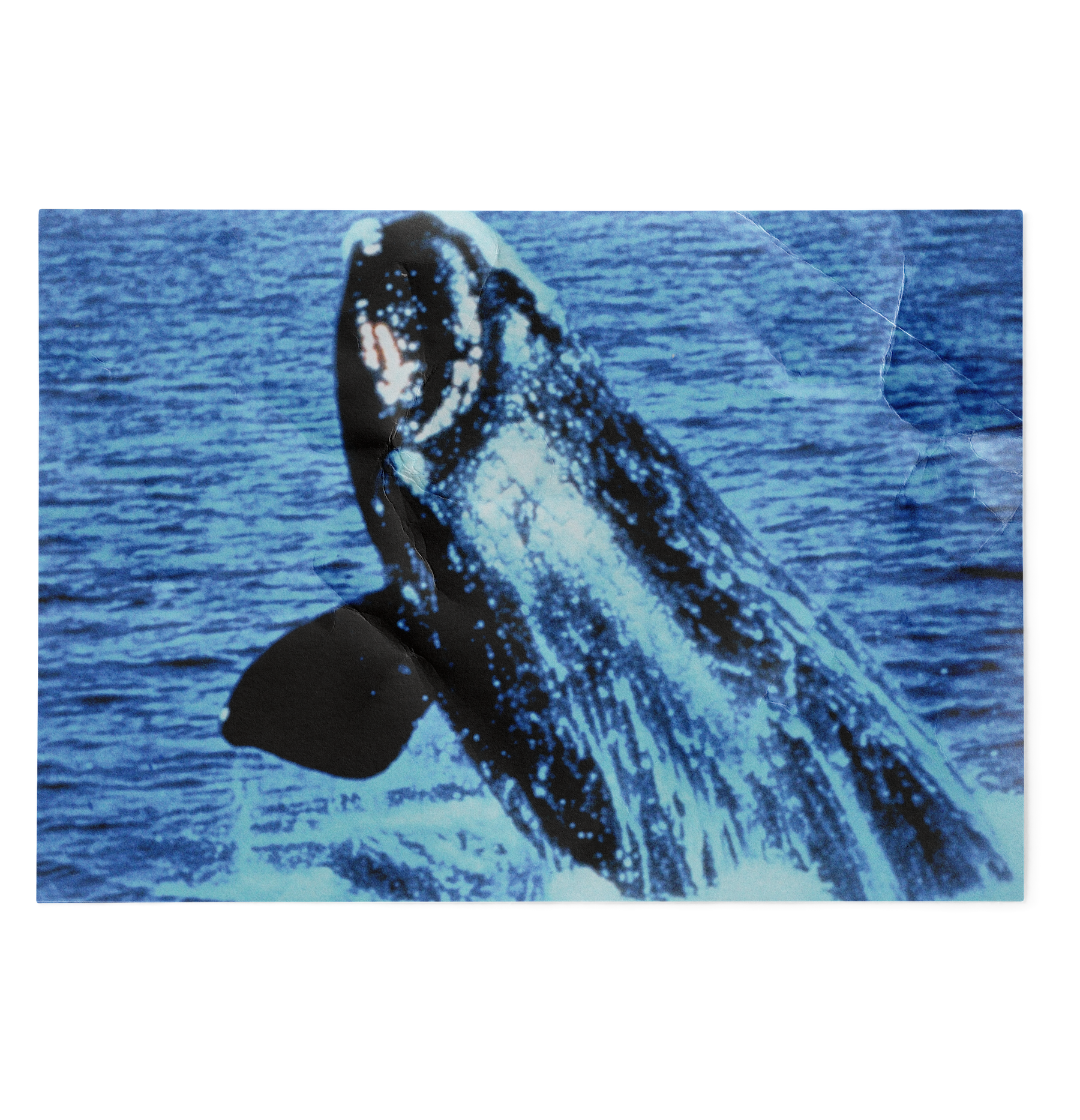
Many species of whales including the sei, blue, fin, sperm, northern right whales and some sub-populations of humpback whales are marked as endangered species.
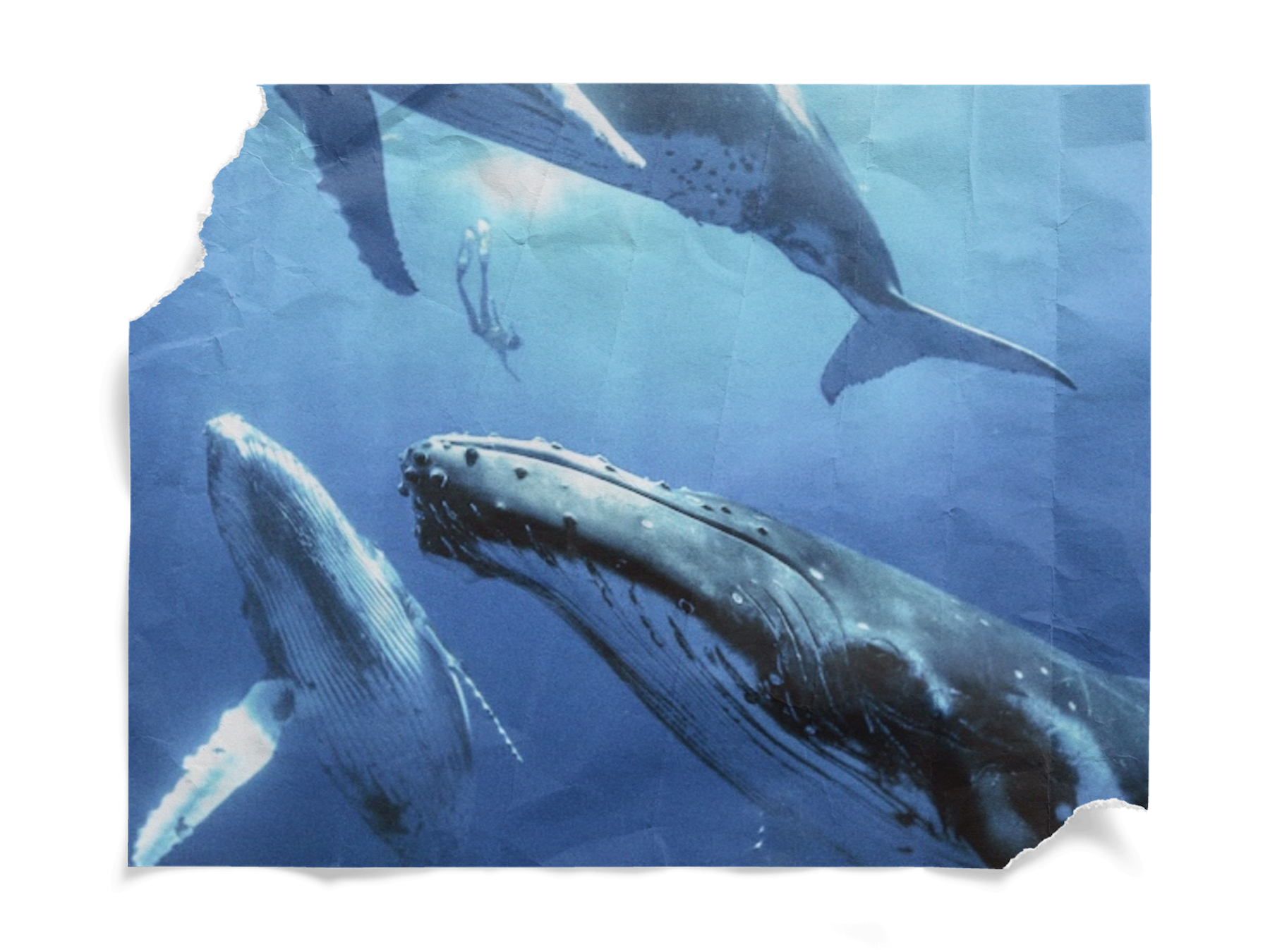
Whales have a very slow reproductive rate with adult females giving birth to one calf every few years.
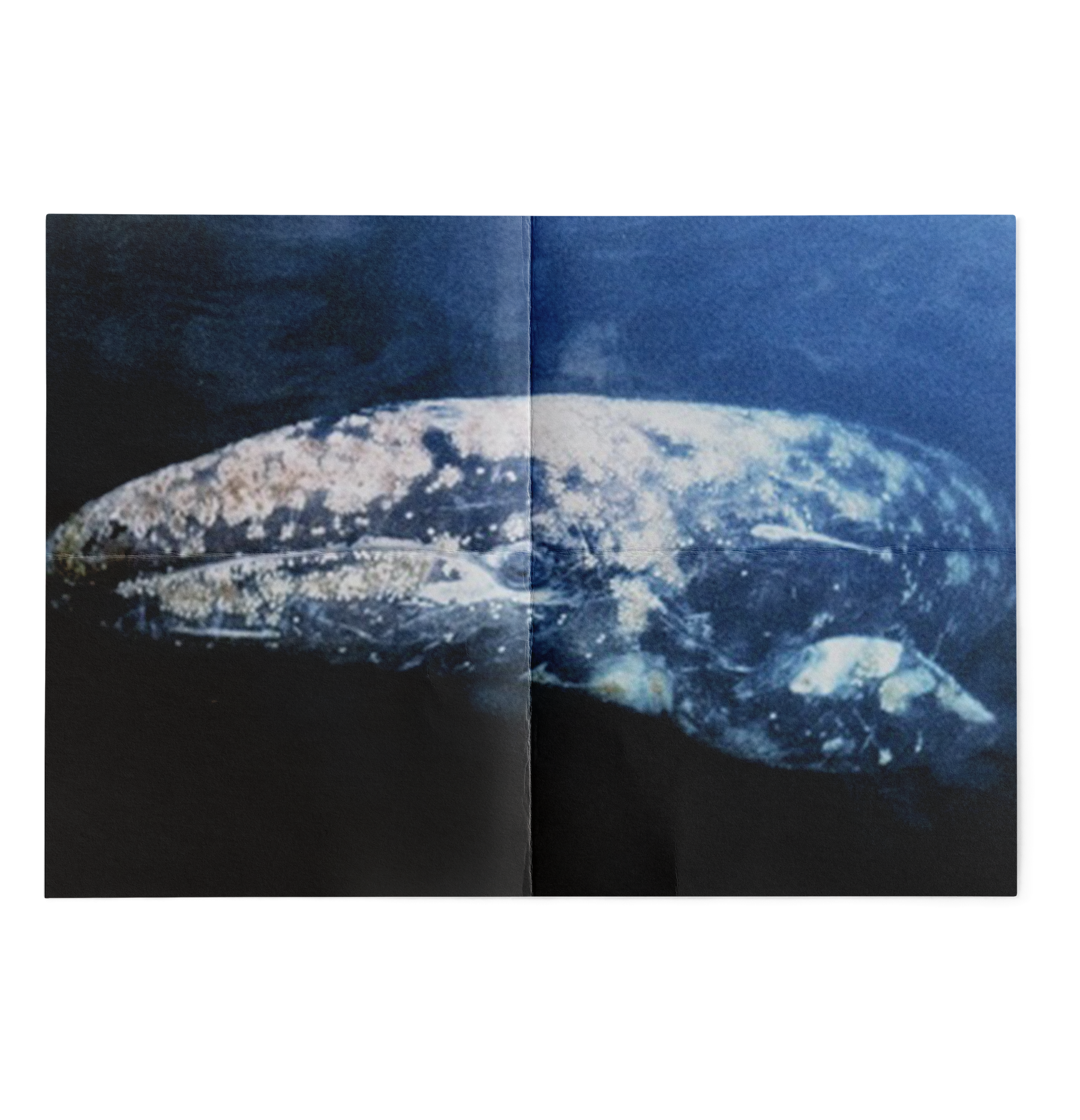
Since industrial whaling emerged in the 17th century, over a million whales have been killed globally.
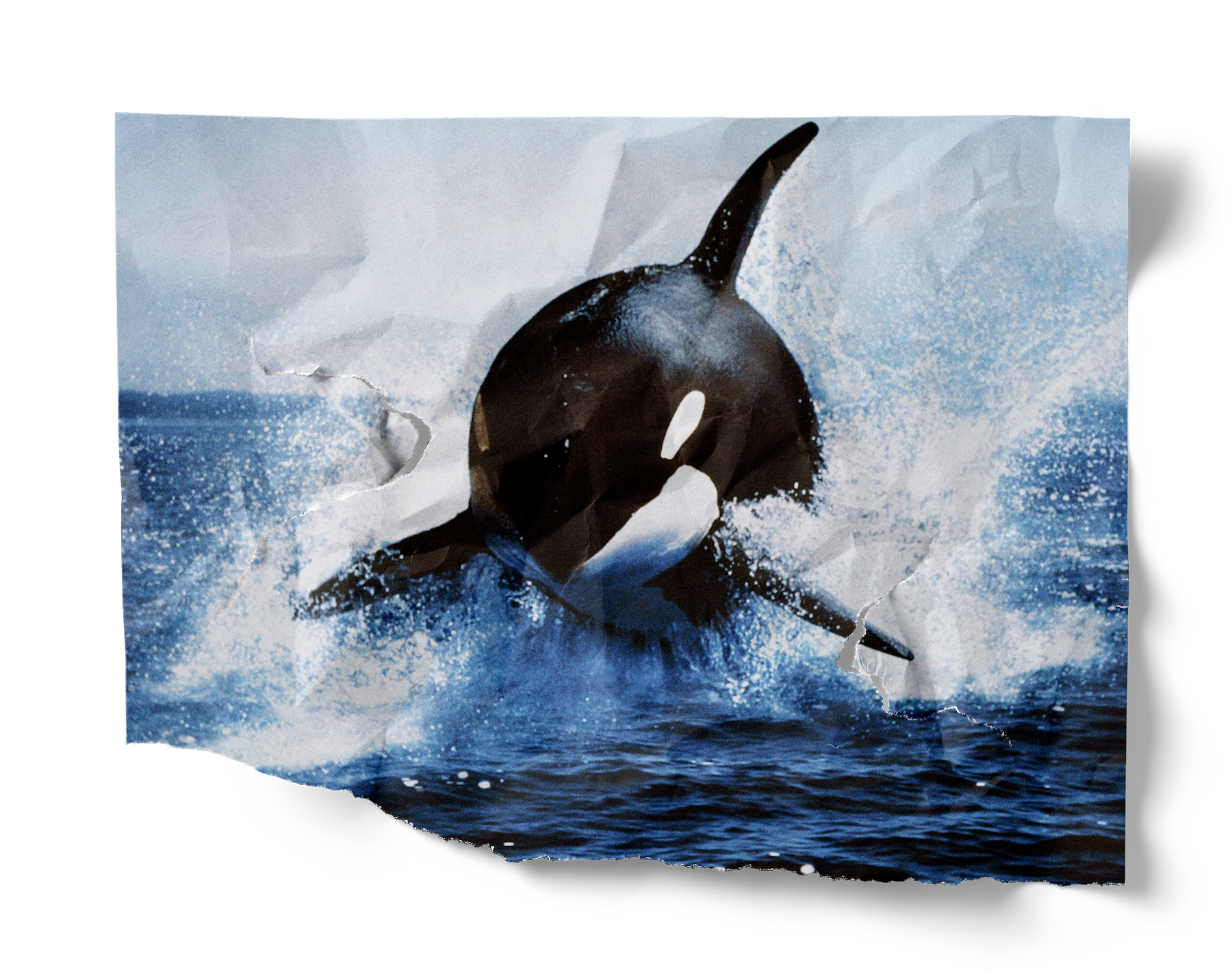
Recovery of whale populations from historic overexploitation has been patchy and incomplete.

There are two types of whales: the baleen whales and the toothed whales.
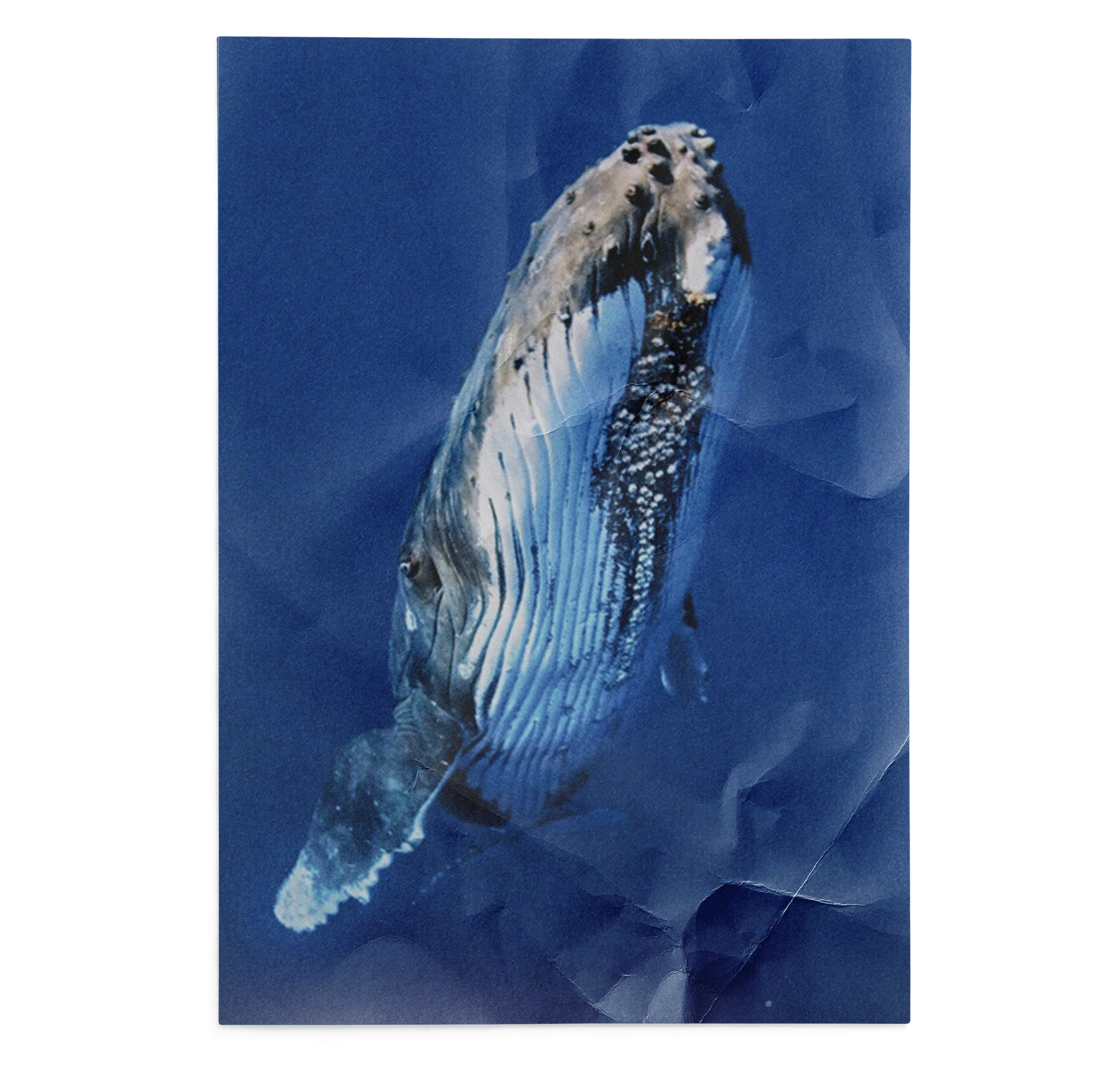
Over 85% of North Atlantic right whales have been entangled in fishing gear at least once during their lifetime - they often get caught many times in their lives.
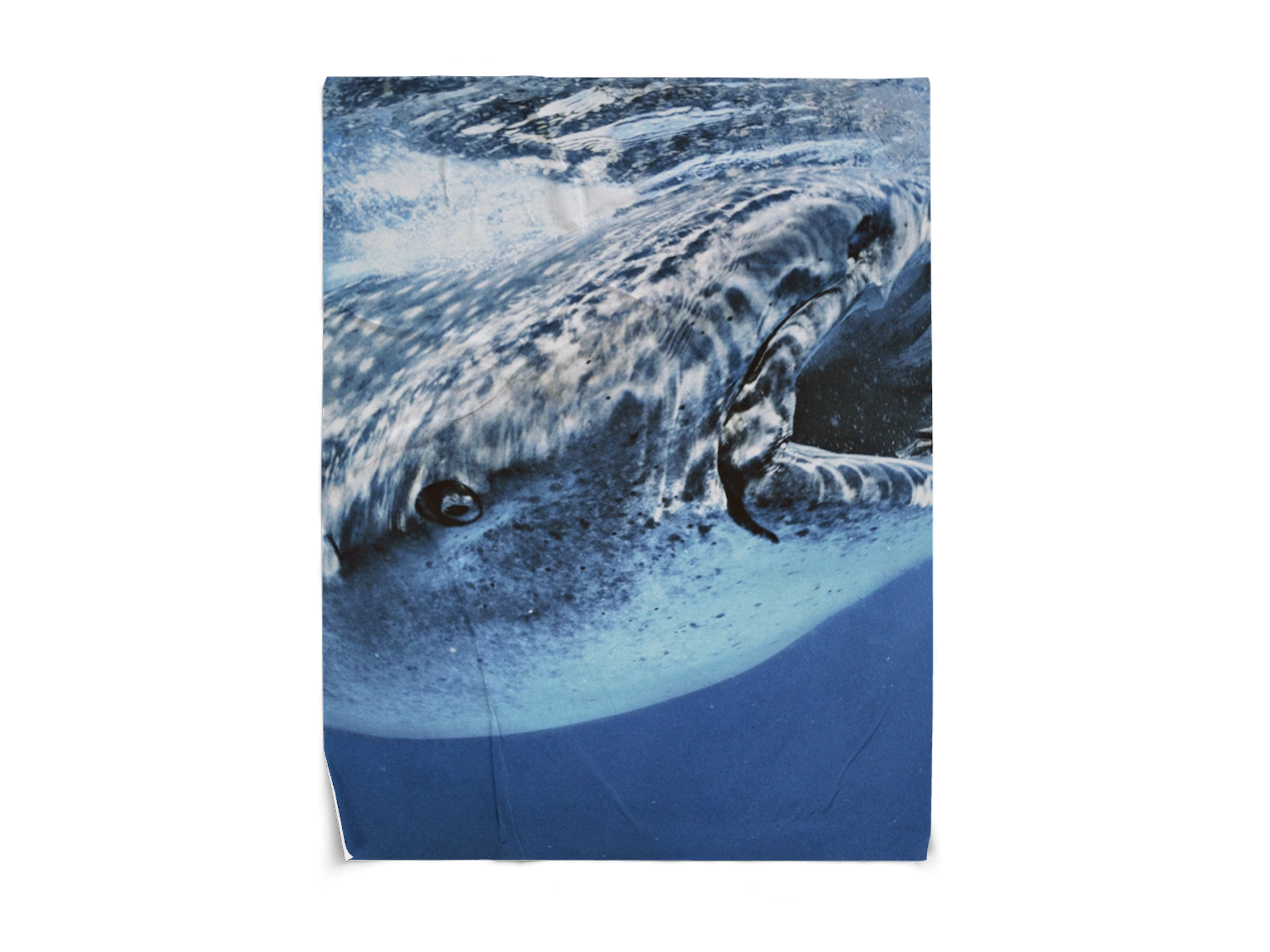
Whales are at the top of the food chain and have an important role in the overall health of the marine environment.
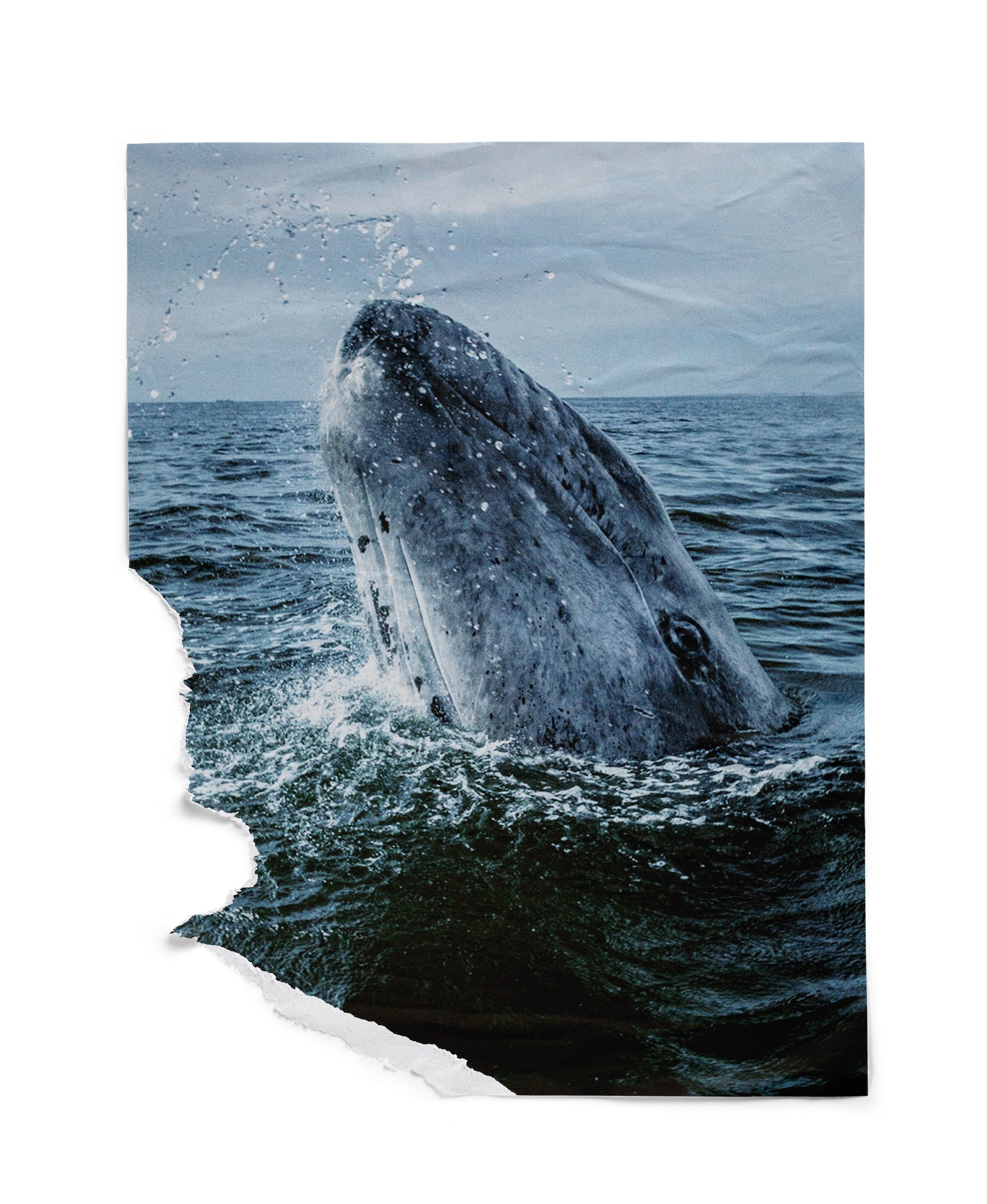
Some species of whales are among the longest lived mammals.
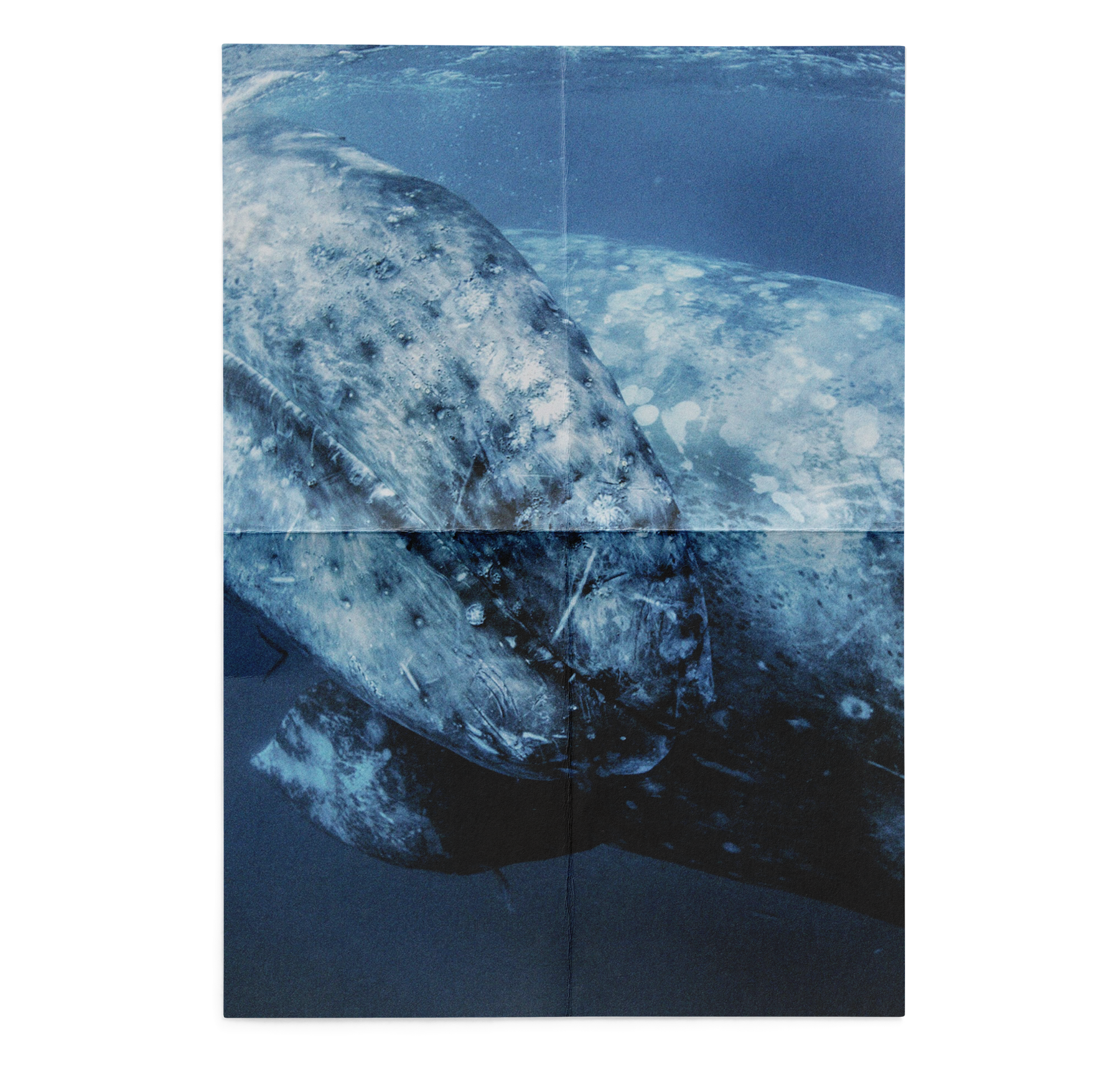
Whales, particularly humpbacks, produce otherworldly vocalizations that can be heard for miles underwater.
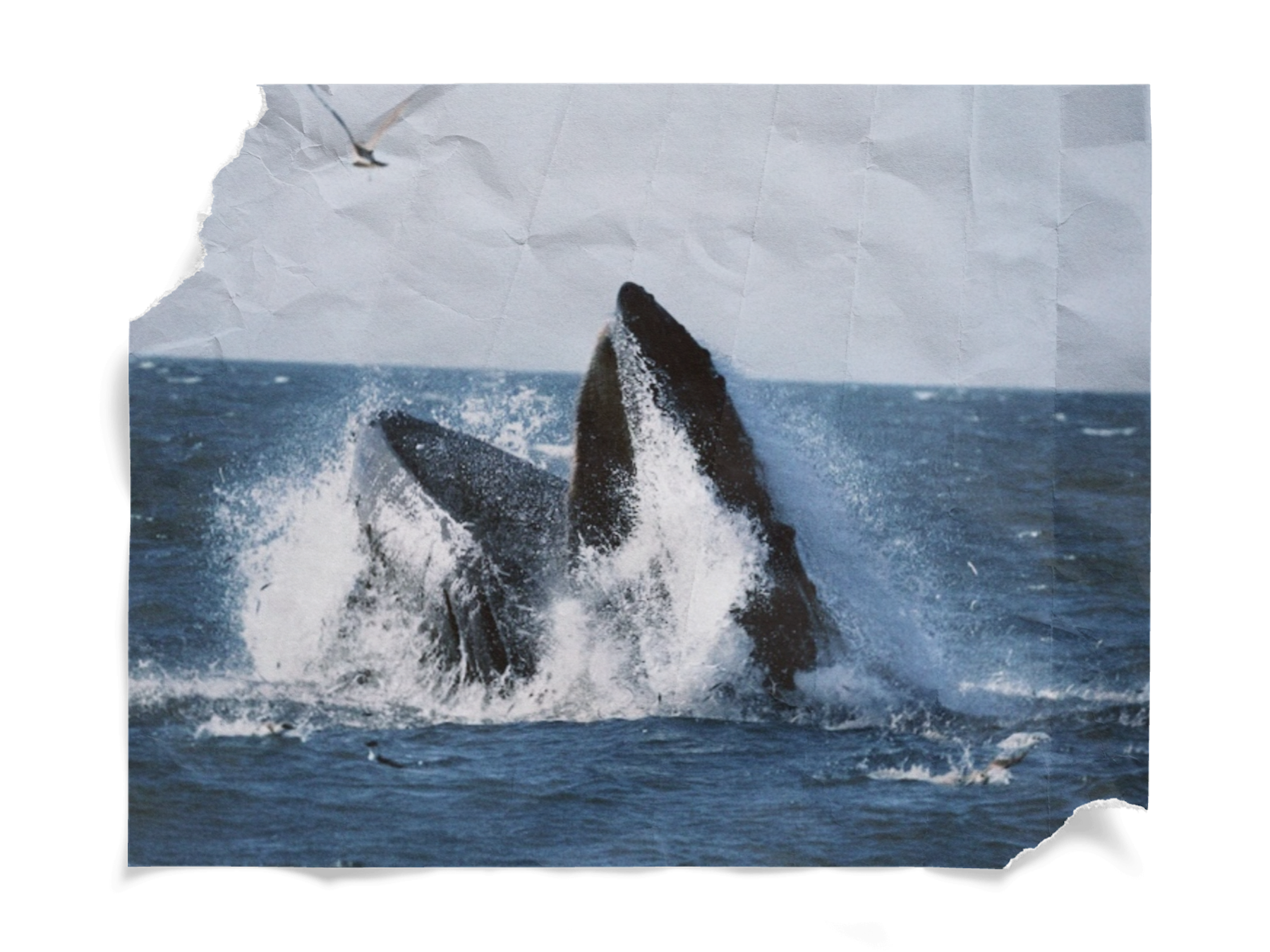
Around 12 million tons of plastic end up in the world's oceans each year, 10% of which consists of fishing gear, including nets, lines, and ropes.

Whales are warm-blooded animal; they breathe air through their lungs, and they give birth to live young.
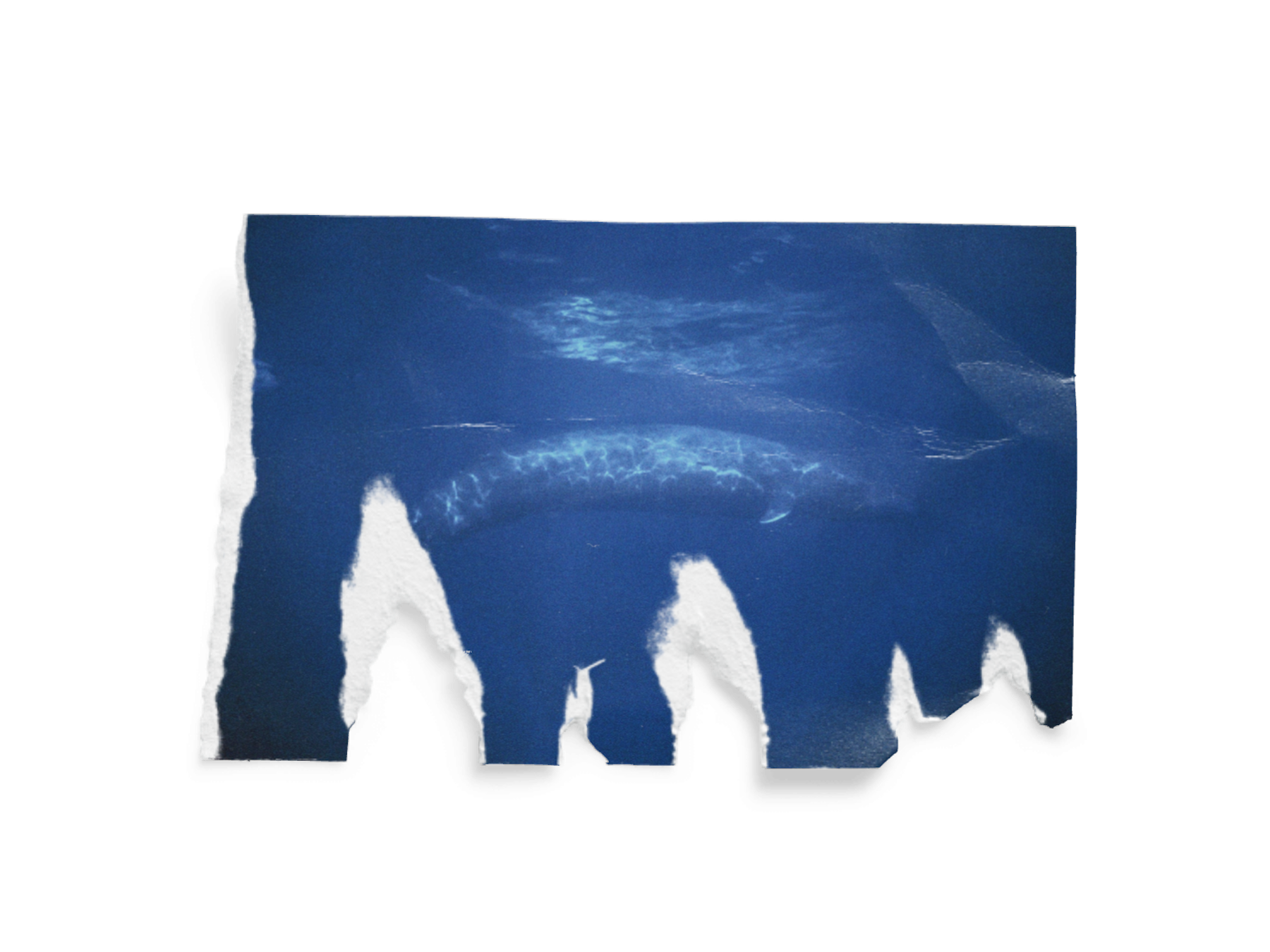
Whales sleep by shutting down half of their brain.
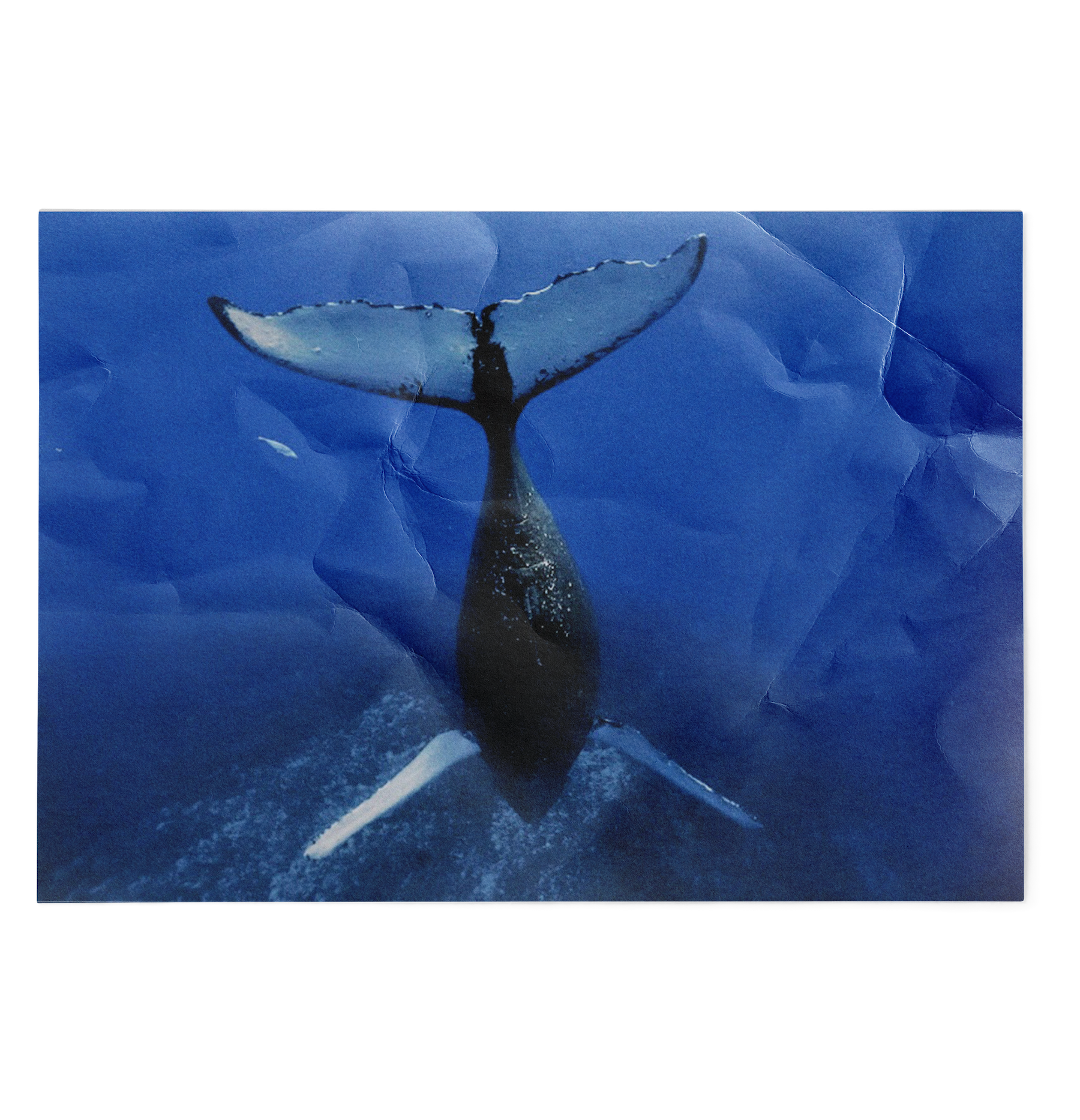
In the Pacific Ocean alone, shipping noise has doubled every decade over the last 40 years.
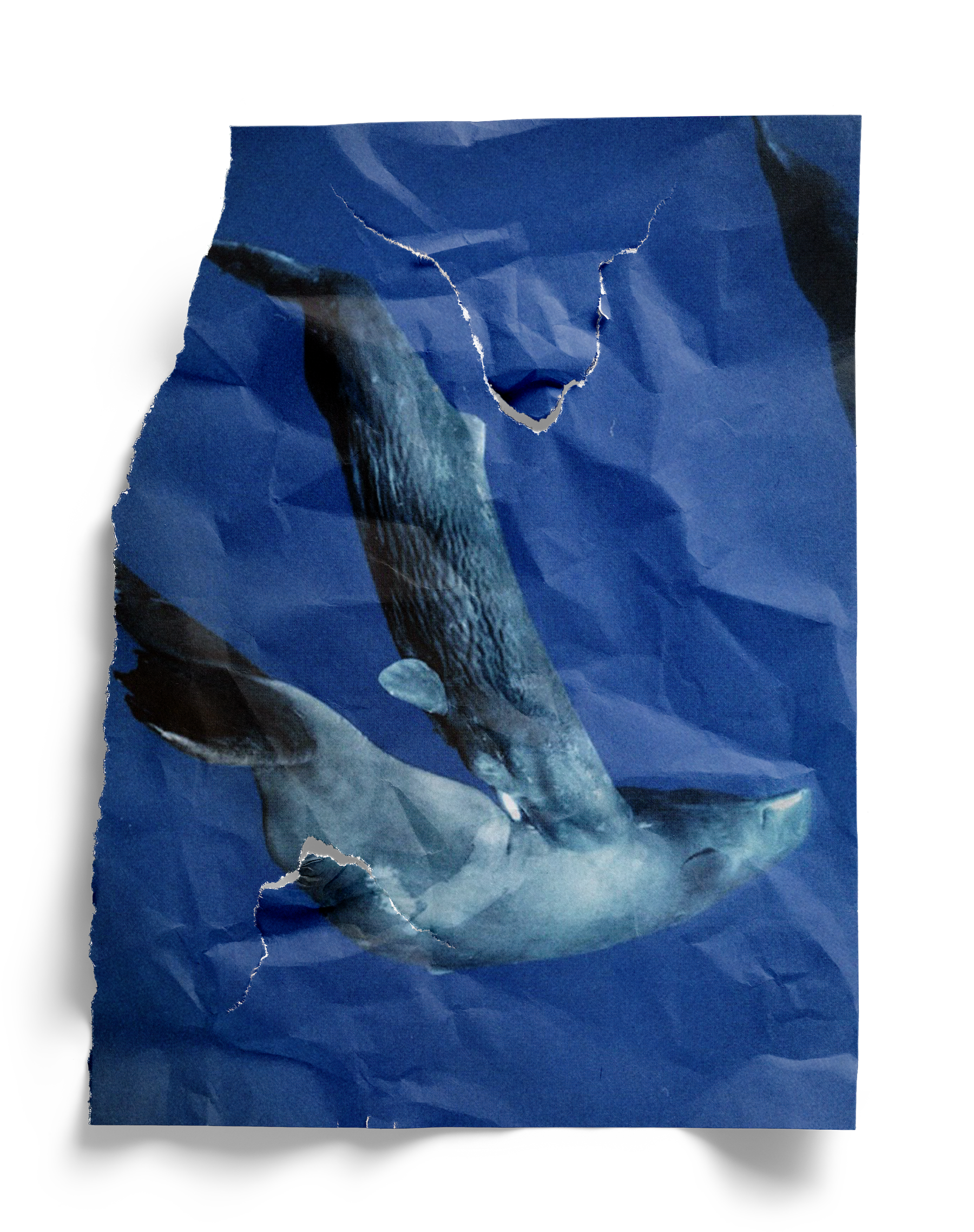
No international standards for the regulation of ocean noise exist today.
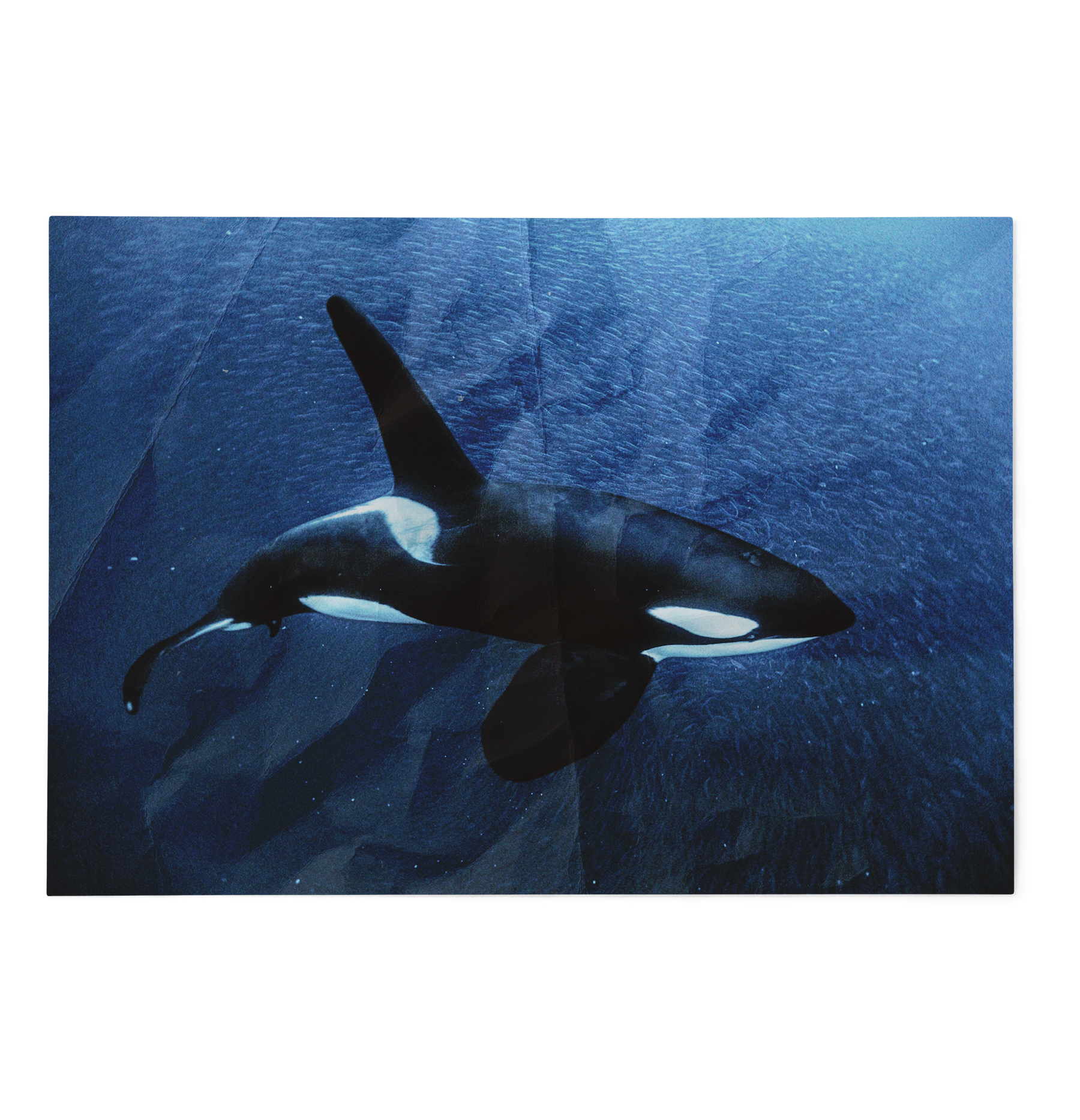
Sometimes something as small as a party balloon can kill a whale by cutting off its digestive tract.



























































